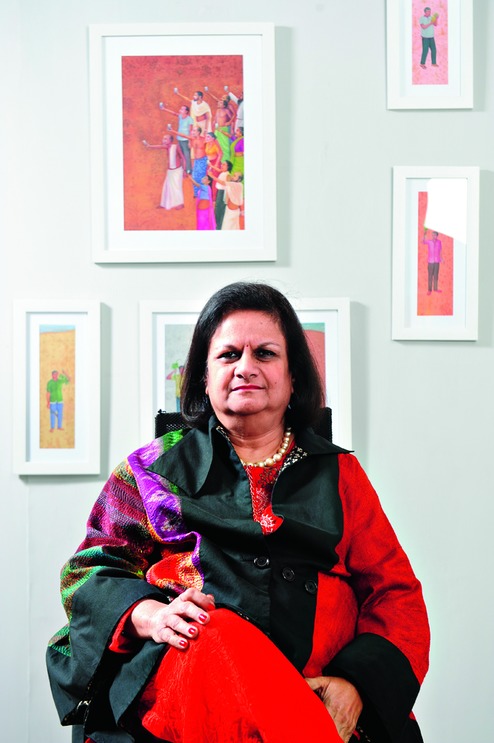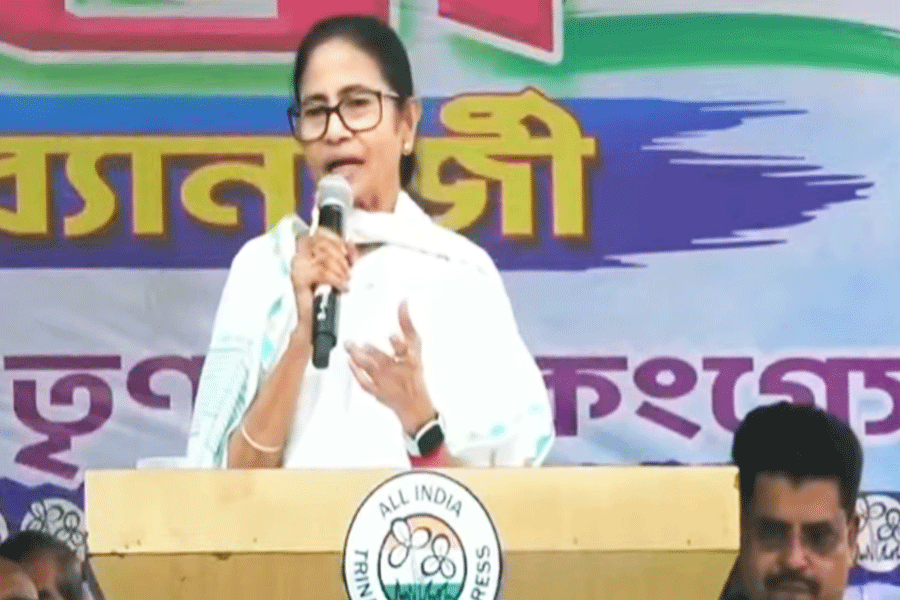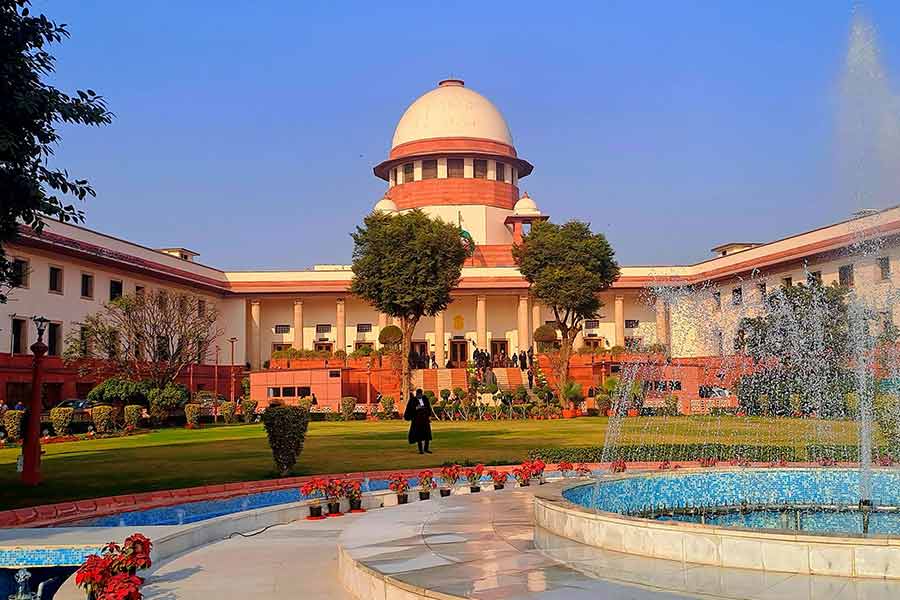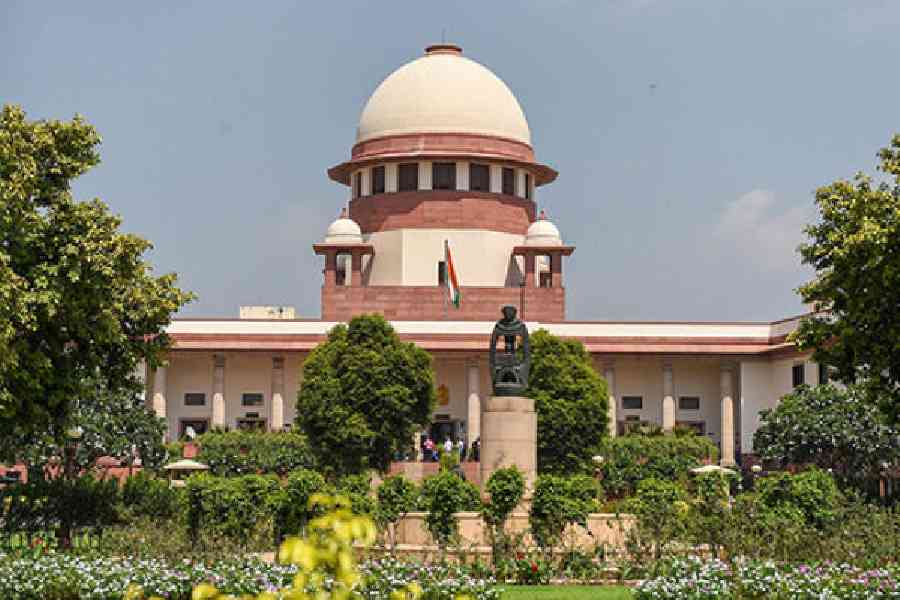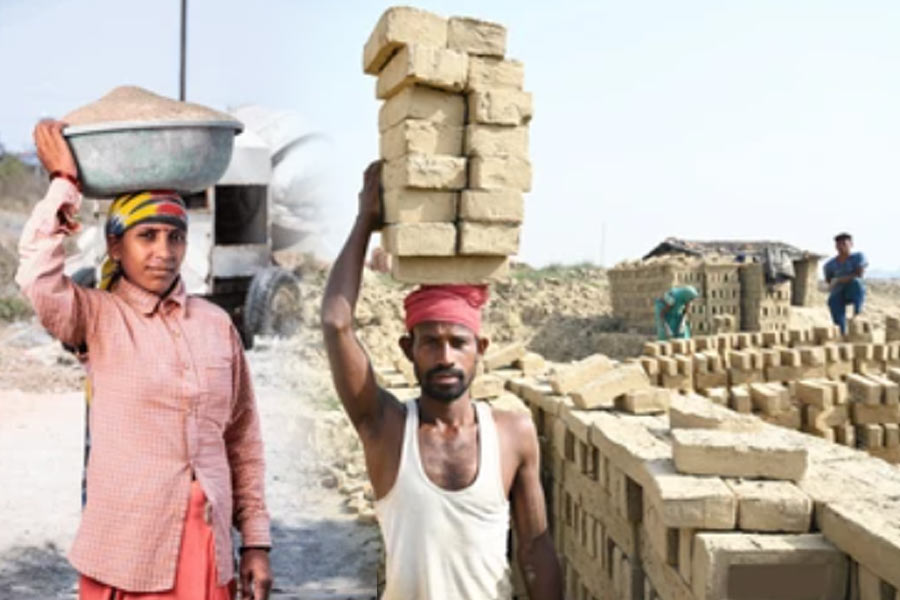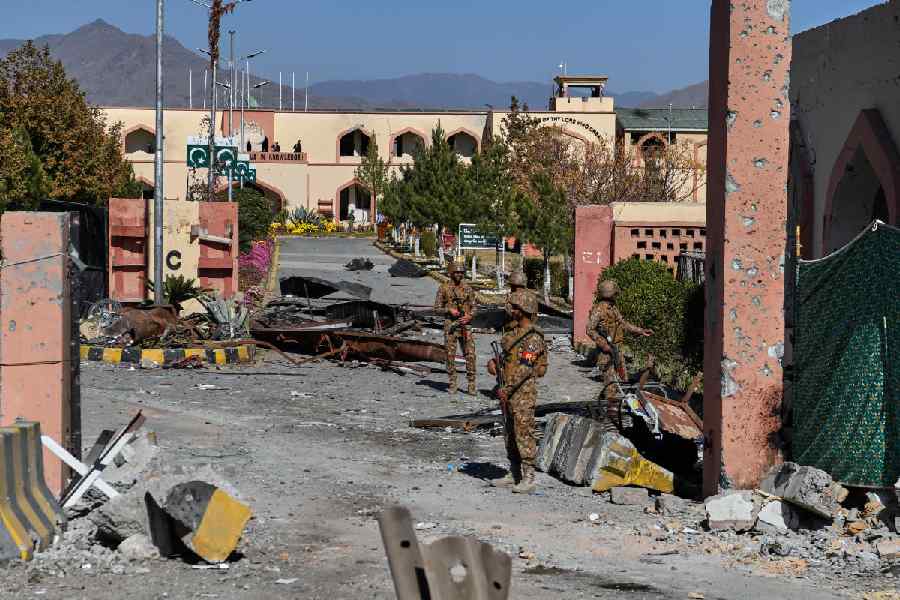
Pic Credit: Subhendu Chaki
There is something about the great wheel from Konark's Sun Temple. It is at once evocative of art, heritage, journey, illumination... Looks stolid, but there is a progress inherent - like a sound promise.
The great wheel that is the representative logo of the Birla Academy of Art and Culture has completed 50 revolutions of the sun. Currently, Calcutta's art and culture powerhouse is in its 51st year. Of these 51, chairperson of the Birla Academy, Jayashree Mohta, has been closely associated with and then helmed 35 revolutions.
Mohta is the daughter of the founders of the academy - patriarch of the Birla family Basant Kumar Birla and his wife, Sarala.
The Birlas had all along collected rare and valuable art objects. And then in the early 1960s they felt they must share their advantage and experiences with those who have an appreciation of such things fine but not the means to indulge or even nurture. Thus was born the Birla Academy in 1967.
Says Mohta, "I had no formal training of the performing or visual arts. I started working in the academy and gradually got involved."
From what she says one gets a sense that the wheel has been turning with greater ease now. But there's no hop, skip or jumping the vicissitudes of time. Contexts take time creating. The canvas must be prepped or the colours won't hold. Mohta nods. "Yes, we are doing many more exhibitions than was being done earlier." Then adds, "But that was a different age. You must remember that 35 years is a very long period and there's so much more that you can do now - internationally, and at the national level. Earlier, it [the art wave] was confined largely to Bengal. But now there are artists from all over the country."
Mohta's sentences are short, bold, much like a veteran artist's lines, informing through suggestion. She reminisces. There was a time when art was not selling at all. But gradually there came acceptance, and awareness. A culture of buying art struck root, and in time there was crop and harvest.
"Even now there are a lot of struggling artists. I was talking to the award winners at the academy annual function and they were saying there's very little sales. First, because they're just upcoming artists, and second, because the economy is very bad. But there is a section of artists who are doing very well. Look at Subodh Gupta. He's now an international figure. He must have made millions."
She had mentioned that Bengal was an art epicentre of sorts. Does that mean there has been a fall in the number of successful artists from this region?
No, that's not what she is saying. But that artists from other states have come up in big numbers. "Earlier, those from Bengal domina-ted the art field. I don't think that is the case anymore," she makes her point.
Is it because there are not enough art colleges in this geography? She answers by omission. Talks about how art students now gravitate to Baroda. "Very happening, very experimental and they are given a lot of freedom to work. They are producing good works."
Honest praise bespeaks a clear vision. Like a good doctor, Mohta has made her prognosis for the art scene here. Basically, interest them young.
It stems from her observation of the barely full permanent exhibition hall at the academy. She says, "The temporary exhibitions get good footfalls. Students, scholars; it is a heartening sight. But the permanent section gets barely 10-15 visitors on a daily basis."
And yet the academy and its galleries are teeming with heritage. A 15th century grey granite Batuka Bhairava from South India. The nude figure is accompanied by a dog, wears a garland of human hands. A 10th century black chlorite Balarama from Bihar. A terracotta child's toy from 1st century AD that was recovered from Kausambi, Uttar Pradesh.
Mohta is obviously saddened by the lack of dialogue between people and the past, particularly the youth and their art past. She says, "Abroad, children go to museums a lot and they have plenty of interactive programmes. Here, probably because of the pressure of studies, schools are not very willing to send students to museums. We do keep trying but it has not really been very successful. Though we offer a lot of classes for children during school vacations, direct interaction with the museum objects is very limited. That I would like to do more." Sounds like a plan, for the next fifty years.

